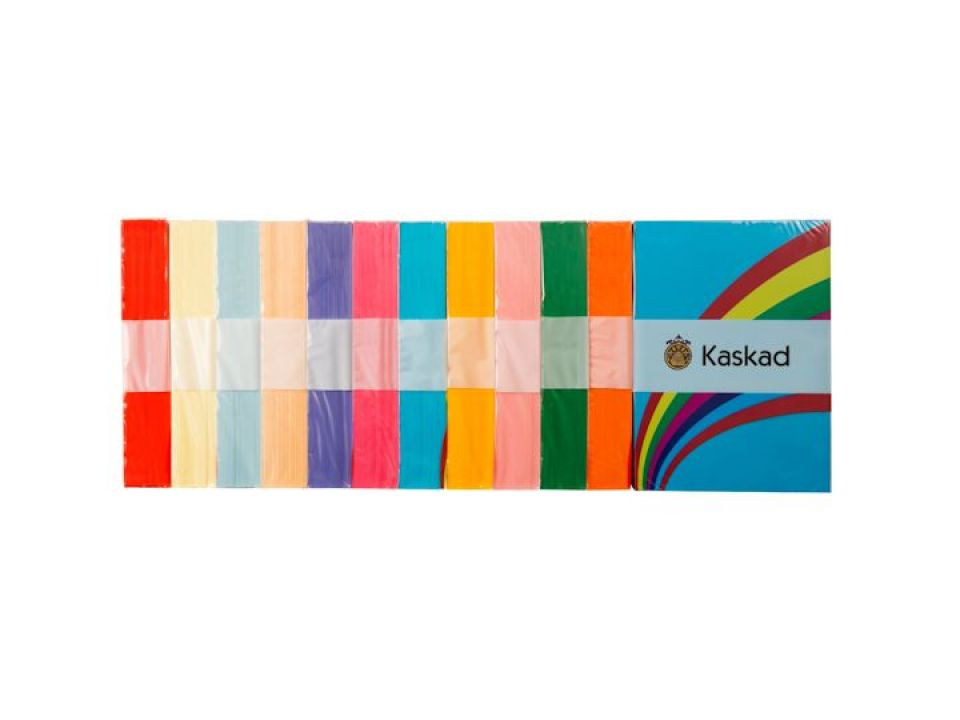
Paper (especially coloured) trumps digital in the school learning stakes
The new school term is now well underway and with pupils all settled into their new classes it’s time to get stuck into the avalanche of new opportunities for teaching and learning that lie ahead.
While schools across the country will inevitably have stocked up on paper and exercise books, many will be focusing on ways to incorporate digital learning into their classrooms, and fundraising for the associated technology.
But is technology really all it’s cracked up to be when it comes to education? Without doubt, a multi-disciplinary approach to learning enriches the student experience – and since we are all different, some students will respond more readily to digital learning technology than others.
But research shows that when it comes to basic understanding and retention of information, good old paper resources still deliver some of the best outcomes for pupils.
One Norwegian study showed that students who read texts in print scored significantly better on a subsequent reading comprehension test than students who read the texts digitally. Other studies show that in addition to better comprehension, students reading a paper text display better long term retention of information, a faster reading speed and less mental fatigue than students reading the same texts on a screen.
And it’s not just reading that is affected – the basic act of putting pen to paper also has positive impacts on learning that cannot be replicated by typing. Handwriting from a young age improves fine motor skills – but as a child develops it also corresponds to faster writing, improved vocabulary, and even increased imagination and idea generation. This increased brain capacity has been noted not only in the quality of work produced, but using brain imaging technology.
Print text allows the reader to mentally ‘map’ the information they read in relation to other information such as a chapter break, the left or right page, or the top or bottom of an individual page. This mental mapping has a powerful impact on recall, and the effects can be further enhanced with the use of coloured paper or print – a theory shown to have a significant impact on learning outcomes for students with special educational needs such as dyslexia and dyspraxia.
The latest research from the British Dyslexia Association calls on schools to avoid using white paper when teaching dyslexic pupils as it can be dazzling, exacerbating the processing problems many people with dyslexia experience when trying to read a text. Many are now being urged to adopt coloured papers instead, with cream and pastel hues in particular proving the best choices for aiding effective learning for all pupils, not just those with specific needs.
Clyde’s Kaskad range offers a large array of colours in a versatile format ideal for printing, photocopying and other school resource creation. With a fantastic spectrum of non-white neutrals, Kaskad is a perfect choice for pupils with additional needs. A comprehensive array of brights and pastels offers endless possibilities for the production of engaging worksheets, booklets, revision aids and more, making Kaskad an indispensable part of any school’s toolkit and giving pupils, whatever their educational needs, a helping hand on the path to success.

